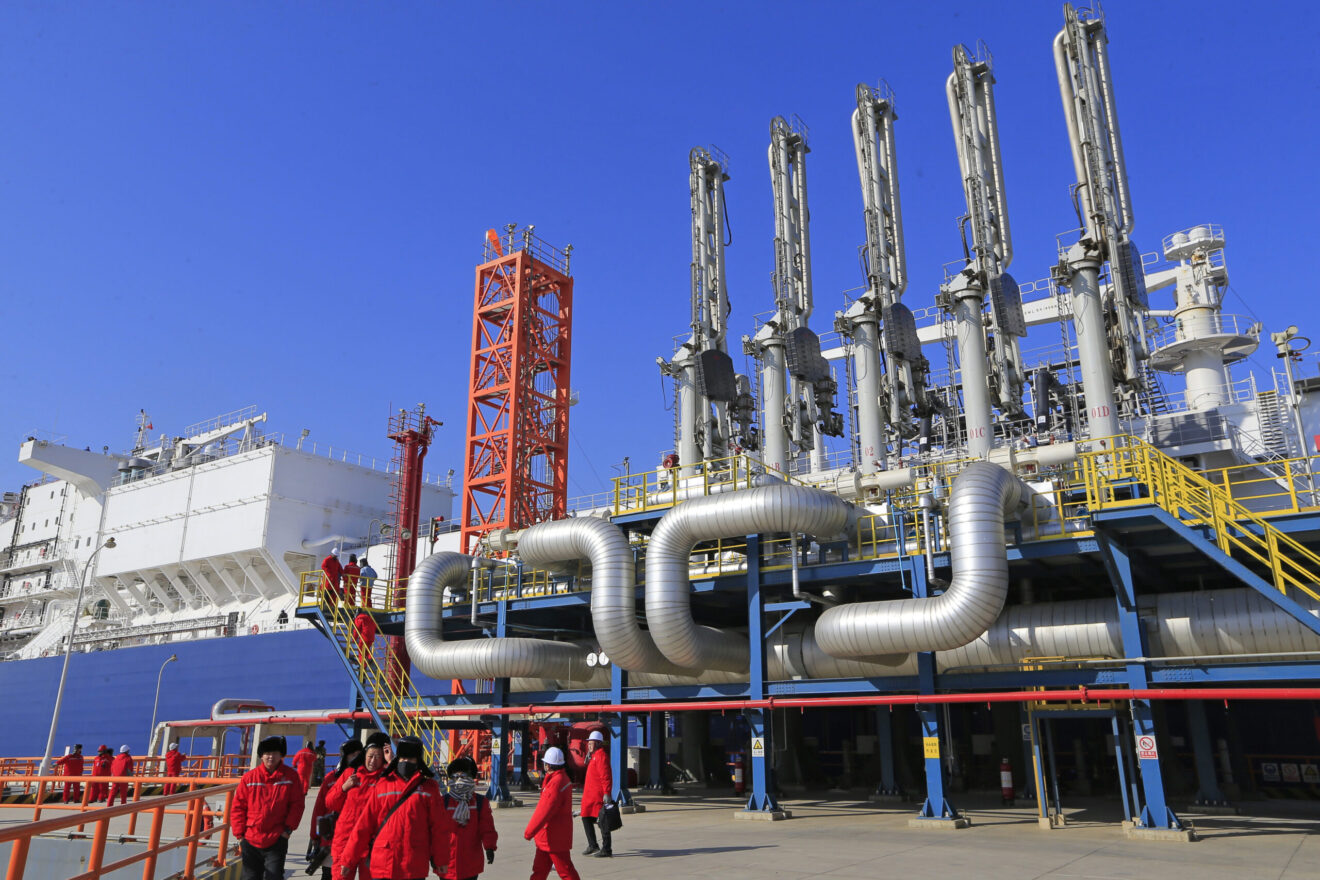The booming growth of LNG in the global energy mix was a hot topic at the World Gas Conference last week in Washington, DC. Hamish McArdle, Partner at Baker Botts, participated in a panel entitled “The Shifting Sands of Shale Gas Abundance and Global Markets.” SmartBrief caught up with McArdle after the panel to hear his insights on how growth is changing various fundamentals within the LNG market:
You made a point during the panel about how growth in LNG is changing contracts. Can you expand on that?
There is a range of issues. There is the term issue. There is the price issue. There is the issue around control and destination. And then there are issues around volume. I would consider all those to be challenges the buyer faces because what they are buying as we move to a world where you can have a reference price for gas, potentially, is something they would want input into. I draw parallels to long-term gas supply contracts because there are some similarities to those.
The ability to re-negotiate a contract can either be written into the contract or it can arise by circumstance. We are at a point now in the market where circumstance is driving the ability to renegotiate. More LNG on the market and more buyers on the market is going to drive the ability to force changing contract terms onto the suppliers.
The fundamentals of project development in the LNG space for exporters are changing too. The desire or the requirement to finance your project based on a 25-year contract is changing because there are more buyers in the market. It is kind of cyclical. The types of things that we are seeing buyers really focus on are those elements of the contract that are going to give them a true nexus to the gas price, but also a link to other competitive pressures in the market.
Regulation of the gas market is also playing a part here. In the European Union, destination flexibility and restrictions have been reasonably well addressed. Not so much in Asia, but that’s coming through now with decisions in Japan.
Another thing is that while you’ve always had the buyer and the seller, you now have a load of new entrants into the market who are the intermediary traders. They are shaking it up a bit. They have the ability to do things that the end-user can’t do because its not a worthy investment. I am talking about re-loading, flexible re-gasification, the swapping – all those types of things. And they manage the risk. They take away some of the sell-side and buy-side risk by sitting in the middle.
Are there any under-the-radar policy hurdles that might pop up and slow the growth of LNG in the market?
There is a better acceptance around the world of gas in the global energy mix. LNG is taking its place – particularly in Europe and parts of Asia – along with other gas supply sources, principally Russian gas through pipelines. And because LNG is now a lot more mainstream in the decision-making of various countries, it is vitally important to them that it gets into their energy mix.
The issues around regulation of the contract terms are largely due to anti-competitive behavior. I don’t see many other fundamentals impacting contracts that are not being addressed. The Asian market is lagging behind the European market in terms of how they are overseeing competition in their own countries and regionally, but otherwise there isn’t any one regulatory issue that I foresee.
There are areas where LNG developments still receive major pushback from local stakeholders. What advice do you give clients on managing the public perception of LNG?
You have to use facts. One of the issues that you experienced here in the US, and it was a real issue in Europe, was that people want to get straight to the facts: Does this pollute? What is in the water? Tell me what the chemicals are? Tell me what the chemical mix is?
Once you present facts – because in a lot of jurisdictions it is still not known what the compositions are, even though you know the individual chemicals – the only way you can start to convince doubters is to explain to them exactly, technically how it works and what the risks are. Also, unfortunately, to compare your industry to comparatives like oil or coal or whatever it might be.
On the purely technical side – the waste water, the fracking fluids – I think there is a very convincing argument to be made there.You need to work on both the public side and the local and national regulatory side. When you go down to the local level, you are going to find it very hard to convince someone who is being asked to have a drill site or receiving terminal or pipeline near their home. You just have to accept that you’re not going to convince everybody.
Are there any kinds of “Black Swan” events that might disrupt the global growth in LNG?
Trade war types of issues could be a disruptor. Bringing geopolitical barriers into commercial negotiations can bring a distortion of the markets. Geopolitics more broadly will have some potential on the global LNG market, whether that is on the Russian side or the Iranian side. Already, you are seeing some impacts on the approach that Russia has to tapping new markets on the conventional gas side and they are becoming increasingly active on the LNG side. There is a strategic reason for that.
And then there is Qatar. Qatar is the biggest LNG supplier and who knows what is going to happen more broadly with the regional situation there.
Editor’s note: This interview was edited for length and clarity.
